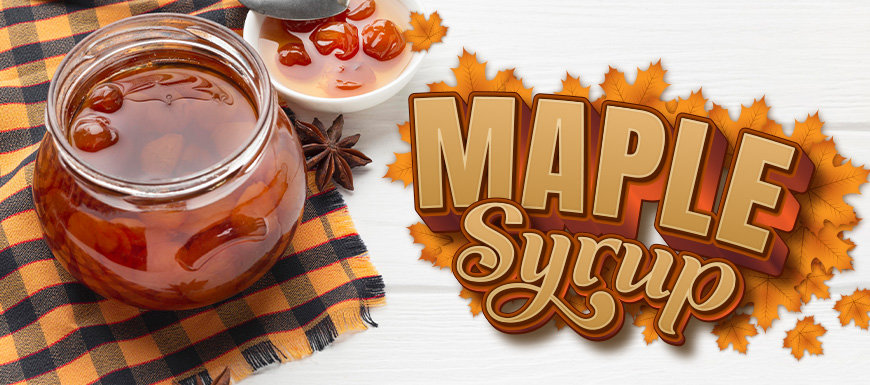
Maple Syrup is the breakfast staple, used across North America and in parts of Europe to top off the perfect breakfast. Used on pancakes, waffles, crêpes, and sometimes even eggs. Maple syrup is seen as the perfect topper for your breakfast; however, it is no longer just for pancakes anymore. Maple syrup is one of the healthiest sugars and is used in a variety of different desserts and other dishes.
Since its creation in early North America, it has been used in a variety of different foods, from cooking meats to sweetening drinks. Maple syrup is one of the most diverse sugars and can be used for almost anything. Although it is seen as a modern sugar it has been around for centuries and has been used in many ways since its creation. Only in modern times have we begun to restrict our use of it within food. Here at Vincenzo’s, we are all about being creative with food and bringing back old culinary traditions, so we encourage you to take some time and learn a little bit more about maple syrup and its different uses.
Visit Vincenzo’s online or in-store today to pick up some real Canadian maple syrup and begin experimenting in the kitchen.
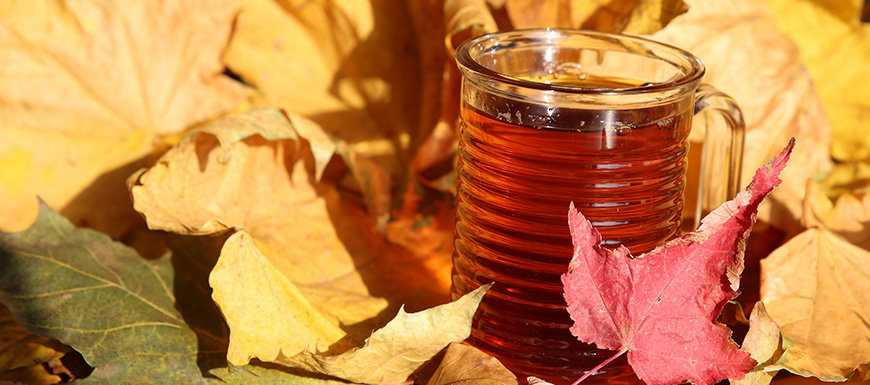
Maple syrup has been around for centuries and has a long history here in North America. Everyone knows that the original steps for creating and refining maple syrup was invented by the Indigenous peoples of North America, but do you truly know the history of it?
The first known creation of maple syrup was produced by the Indigenous peoples of northeastern North America long before European settlers arrived. There is no true account of when maple syrup was first invented or how or why, but there are however legends and oral accounts told by Indigenous tribes. One of the most popular legends is that it was first used in place of water to cook venison for a tribal chief.
We do know how they harvested the sap from the trees and when. The Indigenous tribes began to develop rituals around the sap harvesting and syrup making. They would celebrate the Sugar Moon (the first full moon of spring) with a Maple Dance. This is when they would begin to harvest the sap, as it began to thaw from the winter.
Algonquians realized the nutrition of maple syrup and its uses and began to harvest it. They started by creating a V-shaped incision into the tree. Then they would insert either a reed or concave piece of bark to function as a spout. They would then place a clay bucket or tightly woven birch bark basket underneath the spout to collect the sap. After the bucket was full, they would then leave it out overnight to remove the ice layer that would form on-top. The next day they would then use a sled pulled by large animals to transport the many buckets over to a communal area where they would then be placed on a fire to concentrate the sap into syrup.
This method was used by Indigenous tribes for generations as they easiest way to collect the sap and turn it into syrup. They would then use the syrup in a variety of ways as it provided energy and nutrition.
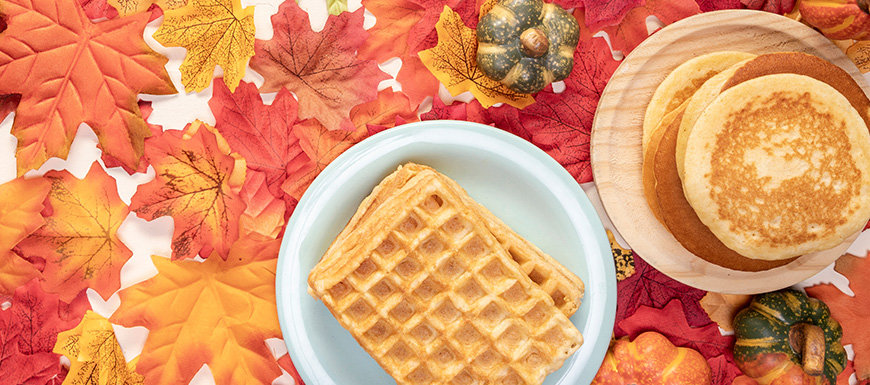
Soon European settlers and voyagers began to arrive in North America. The Indigenous peoples then began to show them how to tap the maple trees to collect sap. By the late 1600’s the Europeans were fully involved in the sap harvesting and syrup making process. It was used by the Europeans as their main source of sweetener for decades as cane sugar had to be shipped all the way from the West Indies.
Europeans then began to improve upon process by drilling tap holes with augers into the trees instead of making a V-shaped incision. They also replaced the reeds or concave bark pieces with wooden spouts and began to hang the buckets from the spouts rather than leaving them on the forest floor. After the buckets were full the sap was then transferred to a larger container like a barrel and then the bucket was placed back on the spout. This was repeated until the larger container was full. The large containers would then be transported to the communal area where they were poured out into large metal containers for boiling and concentration.
Europeans quickly adapted to the ways of the Indigenous when it came to harvesting the sap of the maple trees, they did however, improve upon the process to make it easier. As the centuries went on more and more changes and improvements were made to the tapping and concentration process to make maple production faster and easier.
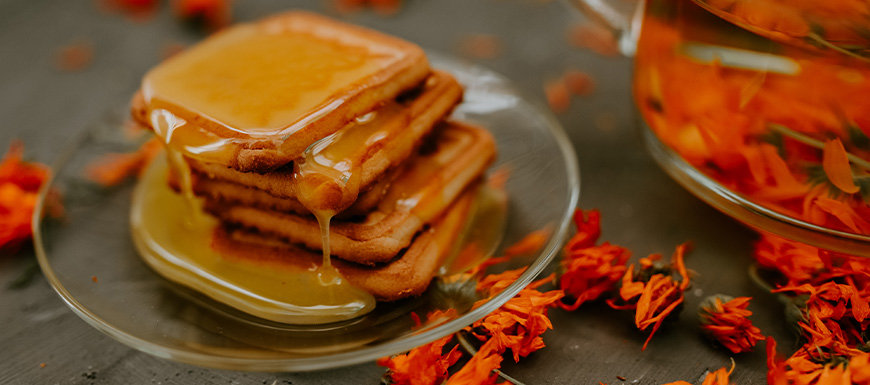
After the original improvements of the Europeans, many more have been made throughout the centuries. Around the 1850’s cane sugar began to become more widely available again and began to replace maple as the main sugar source. Because maple syrup took so long to make it made it easier to switch over to using cane sugar. This sparked many maple producers to begin marketing more widely and improve upon their manufacturing process.
In 1858 the first patent was issued for an evaporator; it was used to heat and concentrate the sap. Around 1861-1865 they began to use flat metal sheets instead of cast iron kettles or big metal containers to boil the sap. This allowed the water to evaporate at a faster rate. In 1872 a new evaporator with two pans and a metal arch or firebox was invented to further improve the concentration process.
In the 1900’s they began to bend the tins that formed the bottom of the pans into a series of flues, which then increased the surface area of the pan, increasing the cooking process and decreasing the cooking time. They also began to replace the wooden buckets with plastic bags which allowed them to see how full they were from a distance. They also began experimenting with motor powered taps and metal tubing that would then carry the sap to a communal location and large container.
In the 1970’s the business of maple production began to be moved over to using plastic tubing, which had been perfected. They also began using vacuum pumps, pre-heaters which helped quicken the evaporating process, and reverse osmosis machines which took a portion of the water out of the sap, also improving the evaporating process.
The sap harvesting and maple production process has seen many changes since its creation by the Indigenous peoples of early North America. It is now pretty efficient; however, they are always making improvements to ensure it is as easy as it can be.
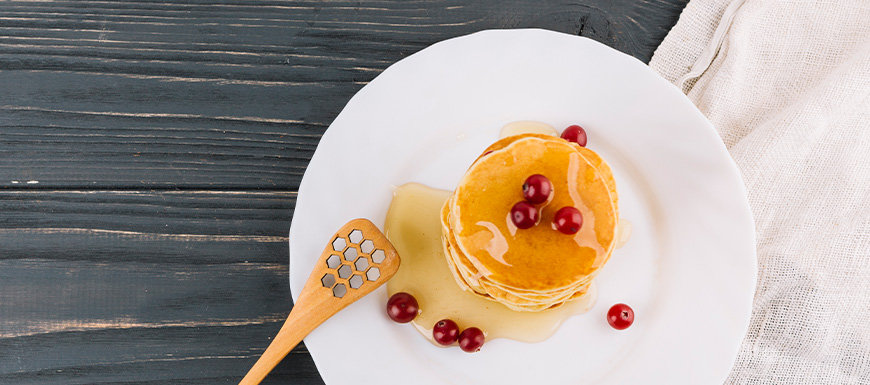
Maple syrup has been used in a variety of different ways in cooking, primarily on or in breakfast foods such as pancakes, waffles, crêpes, or muffins. Since its discovery by Indigenous peoples, it has been used to cook meats, in breads, and even eaten on its own. But how is it used today?
Around the 1930’s when sugar and maple became more expensive with the Great depression, it was used and bought more sparingly. It was used only in small amounts. This then led to many people in North America using it purely in their breakfast foods. However, now it is used in many ways again as people re-learn all different uses for it.
With the vegan movement more people are beginning to use it as a replacement for honey in recipes. Because it is so nutritious and low in calories the ongoing health movement has sparked people to begin to use it in a variety of different desserts instead of regular refined sugar. It is also being used for more savory foods as people rediscover all of its uses.
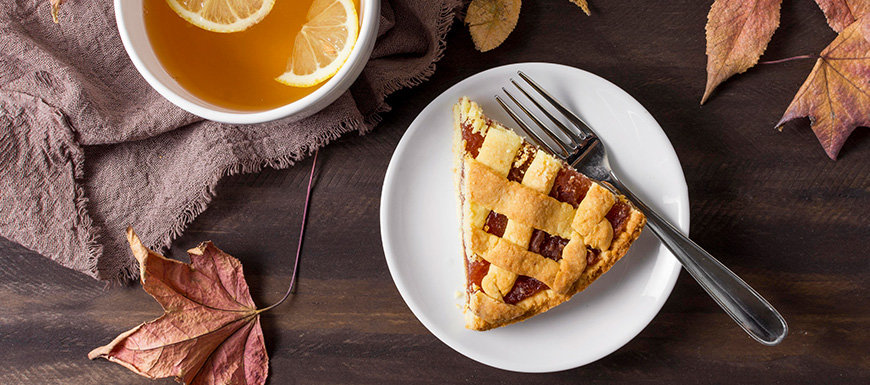
Despite Italy’s far distance from North America and its slow adoption of maple syrup as a product in cooking, a few chefs and people have begun to try and put a spin on traditional Italian cooking by adding in maple syrup. Italy is all about traditions and traditional cooking, so adding in new ingredients is not very common. However, in this modern world with new ingredients being shipped all over the world every day, some people have begun to experiment in the kitchen.
Here are some uses for maple syrup in Italian cooking:
A binder and sweetener for granola and cereal bars
A sweetener in ice-creams and gelatos, either on top or mixed in
A sweetener in cakes or biscuits (cookies), either on top or mixed in
To caramelize fruits
A sweetener for drinks, such as coffee, tea, or pop
A sweetener in salad dressings
A garnish for grilled or baked vegetables
Glazing for second courses such as meats, fish, or vegetables
Italian cuisines are varied from state to state and change across the country; however, they are all beginning to add in a little maple syrup. It creates a nice and sweet addition to any dessert, grilled vegetable, salad, or even on top of fish and meats.
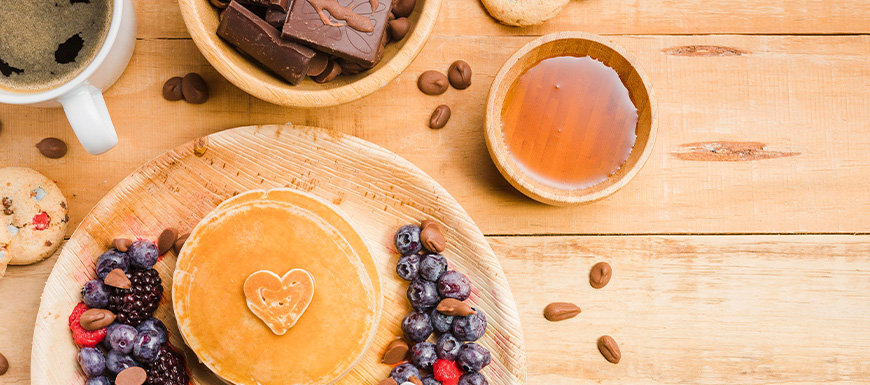
Check out Vincenzo’s online or in-store today to pick a bottle or tin of real Canadian maple syrup, either plain or infused with additional flavour. It can be a great way to improve any meal or replace unhealthy sugars. It is no longer just for pancakes anymore.
